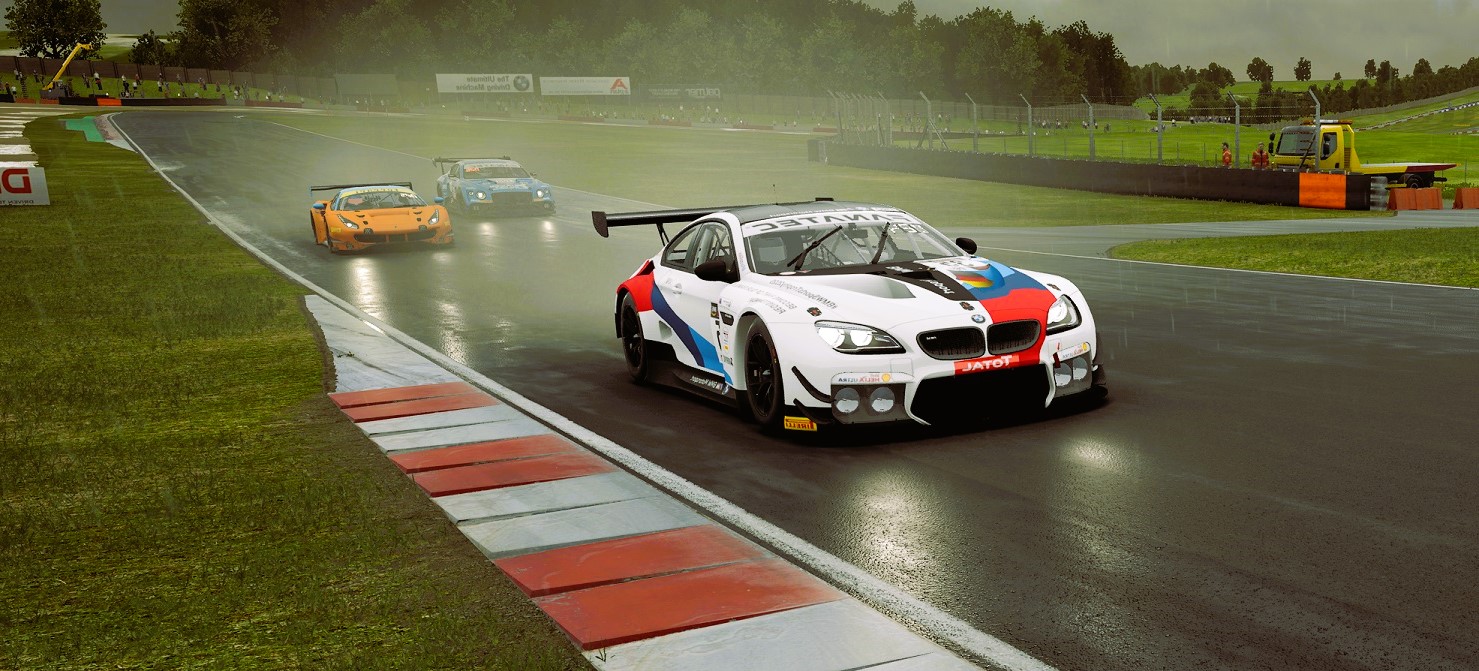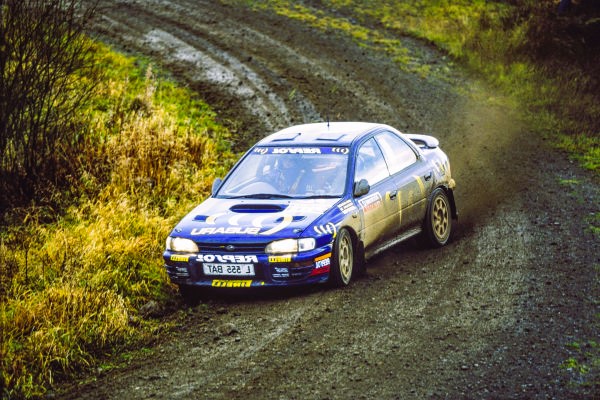The Impact of Weather Conditions on Rally Racing: Sun, Rain, and Everything In Between

Rally racing is a sport that thrives on unpredictability, and few factors are as unpredictable as the weather. From scorching heat to torrential rain, weather conditions can have a significant impact on the outcome of a rally event, testing the skill and adaptability of drivers and teams. In this article, we’ll explore the various ways in which weather conditions affect rally racing and the strategies that drivers and teams employ to navigate these challenges.
1. Sun and Heat
On a sunny day, with clear skies and high temperatures, rally racing can present a unique set of challenges for drivers and teams. High temperatures can cause engines to overheat and tires to degrade more quickly, affecting both performance and reliability on the rally stage. Additionally, glare from the sun can create visibility issues for drivers, making it difficult to see the road ahead and react to changing conditions.
To mitigate the effects of sun and heat, teams may make adjustments to their vehicles, such as installing cooling systems or using specialized tires designed to withstand high temperatures. Drivers must also take precautions to stay hydrated and alert during long stages in the heat, ensuring that they remain focused and able to react quickly to changing conditions.
2. Rain and Wet Conditions

Rain and wet conditions can transform a rally stage into a slippery and treacherous obstacle course, testing the skill and nerve of even the most experienced drivers. Wet roads reduce traction and increase the risk of aquaplaning, making it challenging to maintain control and momentum through corners and straights. In addition, mud and standing water can obscure obstacles and hazards, requiring drivers to rely heavily on their co-drivers and pace notes for guidance. Studying the most risky moments of the rally, read more at this link.
To adapt to wet conditions, rally teams may adjust their tire choices, opting for softer compounds with more aggressive tread patterns to improve grip on slippery surfaces. Drivers must also modify their driving techniques, using smoother inputs and gentler braking to maintain control and avoid spinning out or sliding off the road.
3. Snow and Ice
In colder climates, rally racing presents an entirely different set of challenges, with snow and ice covering the roads and creating hazardous driving conditions. Snow reduces traction and visibility, while ice can cause vehicles to slide uncontrollably, posing a serious risk to drivers and spectators alike. Despite these challenges, snow and ice rallies are some of the most iconic and beloved events in the rally calendar, testing the skill and bravery of drivers in extreme conditions.
To tackle snow and ice, rally teams may equip their vehicles with studded tires or snow chains for added grip and traction on slippery surfaces. Drivers must also be prepared to adapt their driving techniques, using a delicate touch and precise control to navigate the treacherous terrain without losing control or getting stuck in snowdrifts.
4. Fog and Low Visibility

Fog and low visibility can be particularly dangerous for rally drivers, obscuring obstacles and hazards and making it difficult to see the road ahead. In dense fog, drivers must rely heavily on their co-drivers and pace notes for guidance, listening carefully for instructions and warnings about upcoming corners and hazards. Despite the challenges posed by fog, rally events often continue in these conditions, with drivers pushing themselves and their vehicles to the limit in pursuit of victory.
To cope with fog and low visibility, rally teams may install additional lighting on their vehicles, including fog lights and auxiliary lamps, to improve visibility and illuminate the road ahead. Drivers must also exercise caution and restraint, slowing down and maintaining a safe distance from other competitors to avoid accidents and collisions in the reduced visibility.
Conclusion
Weather conditions play a crucial role in rally racing, shaping the outcome of events and testing the skill and adaptability of drivers and teams. Whether it’s the blistering heat of the desert, the torrential rain of the jungle, or the freezing cold of the Arctic, rally drivers must be prepared to face whatever Mother Nature throws their way, adapting their strategies and techniques to overcome the challenges of sun, rain, snow, and fog on the rally stage.
For more information on rally racing and the impact of weather conditions, visit the following websites:


